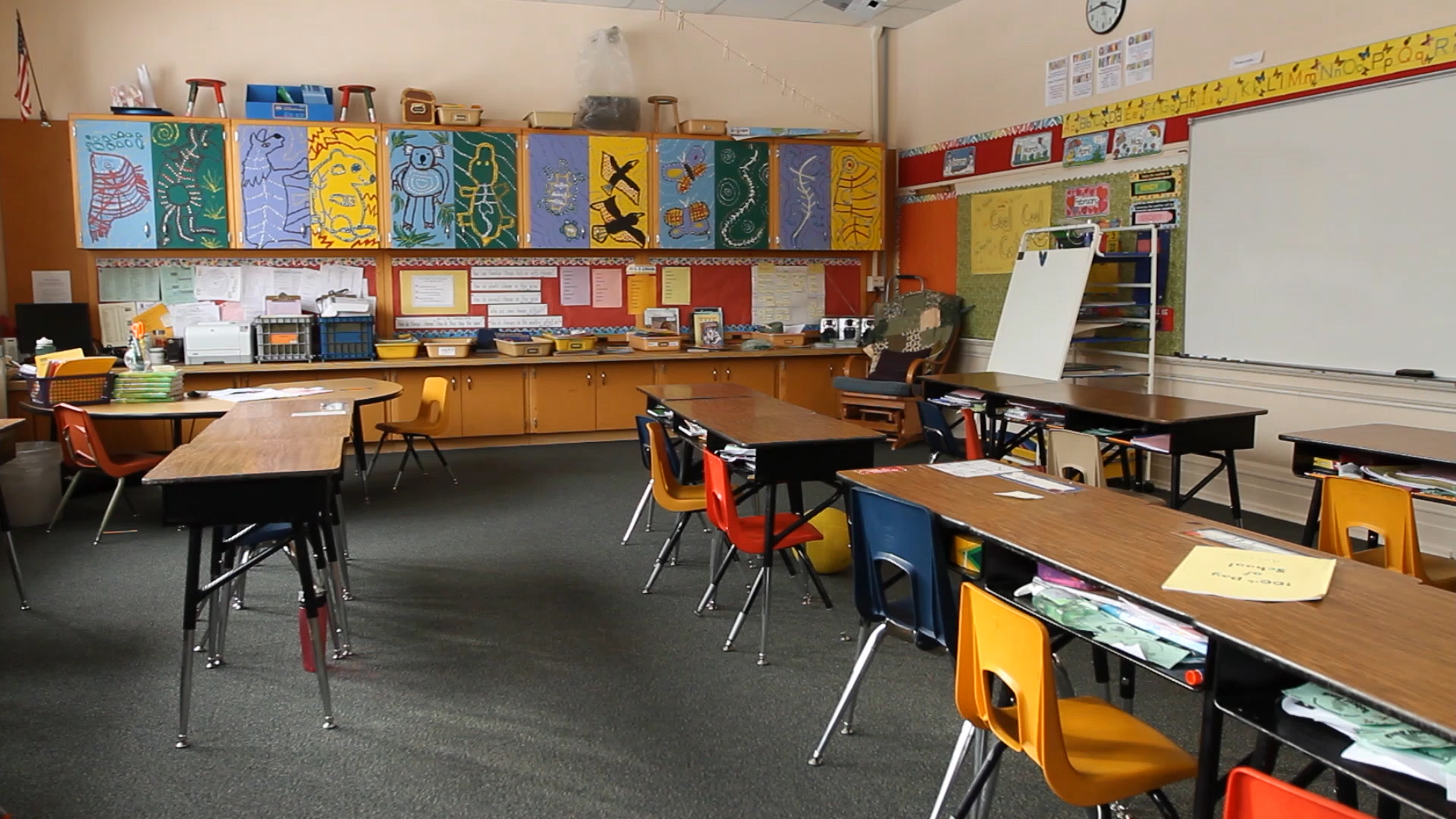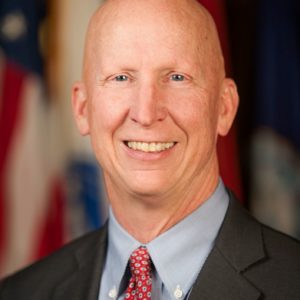
Special Guest Perspective by Sen. Duey Stroebel (R-Saukville)
August 17, 2020
In the next several weeks, many school districts will finalize their instructional plans for this fall. It appears school districts will divide into three camps for instruction: in-person, virtual or a blended mix of the two. In-person education is the preferred option for most parents, according to school surveys, and I applaud the districts that have worked to make in-person, five-day instruction possible this fall.
The preference of parents and students for in-person instruction at our schools should not be surprising. Wisconsin has offered families a range of educational options for years and the vast majority have continuously chosen in-person instruction at public and private schools. Additionally, the haphazard virtual education that was delivered in many districts last spring certainly did not meet the needs of many families, and I can understand why some may be reluctant for their schools to go virtual given the past performance.
Because the vast majority of Wisconsin students have received an in-person education in the past, our existing funding mechanism provides the financial resources schools need to deliver an in-person education. In-person instruction requires physical buildings and the transportation of students to school, among other costs. Virtual instruction has lower expenditures and, as a result, can be delivered at a reduced overall cost. This leaves us to two issues, one old and one new, that should be addressed in our next state budget.
For several years now, there have been around 40 DPI-certified online schools available for K-12 students in Wisconsin. These schools have been created by educators with expertise in online curriculums and have been refined over the years. The cost to deliver these curriculums is considerably lower than the cost of traditional in-person learning. During the 2018-19 school year, the average statewide cost to educate a student in-person was $13,913. Comparatively, DPI paid online providers in 2018-19 approximately $7500 per person to educate a student. Interestingly, some school districts contract directly with online providers and negotiate a much lower cost per student, thus “skimming” the difference between $7500 and the negotiated amount. This practice has been going on for years in some districts.
Now we are starting to see another practice pertaining to the delivery of online instruction. Many districts are scrambling to create a parallel online curriculum in addition to their in-person instruction. Why the last minute attempt to develop an online curriculum when numerous DPI-approved curriculums already exist? Because the “average” school district wants to keep the $13,913 per capita payment for each student, not lose funds when that student enrolls into one of the DPI-approved virtual schools. If every school district was funded for their online-educated children at the same rate DPI-approved online schools charge to provide the service, Wisconsin taxpayers could save hundreds of millions of dollars.
I believe state and local taxpayers should provide adequate funding for students to receive a quality education, but at a time when many districts will see their virtual student population increase, policy makers should ensure that taxpayers are providing funding commensurate with actual delivery methods and costs. For districts pursuing a blended or hybrid approach, the policy decision could involve a formula where the funding level lies between the in-person and virtual benchmarks.
We already differentiate school funding in many ways. For example, the funding is lower for part-time kindergarten students than for their first grade peers. There is no reason a similar funding mechanism could not be adopted to reflect the actual difference in cost between virtual and in-person instruction. As our economy and tax revenue continue to feel the impact of COVID-19, this appears to be an opportune time for the State Legislature and Governor Evers to work together to ensure that these issues are addressed fairly for students, school districts and taxpayers for years to come.
